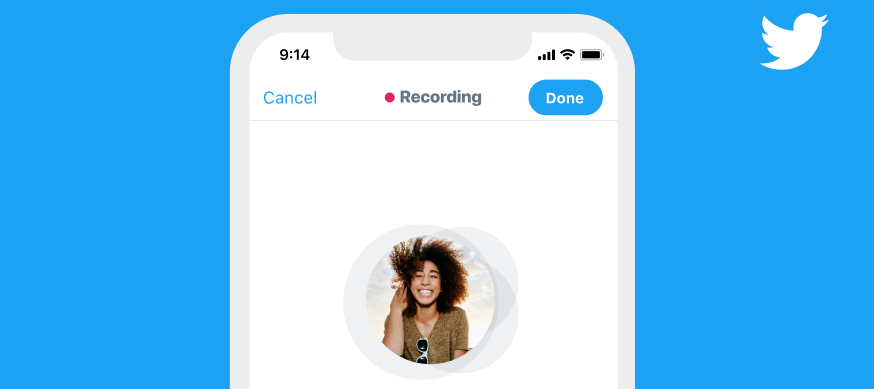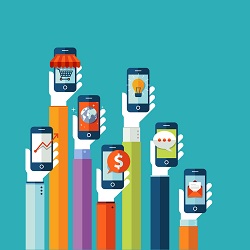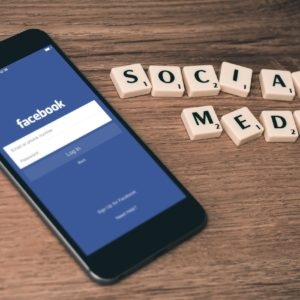
Credit: Shutterstock
Twitter has introduced a new feature that will allow users to tweet with voice messages. A single voice tweet will capture up to 140 seconds of audio, and a thread will be automatically arranged as you keep speaking. These tweets will be available in the user’s timeline alongside other content. To hear your audio, they will tap the image. Playback will start in a new window, allowing users to listen as they scroll or do other things on their phone.
The latest feature is initially accessible to a limited group of people on Twitter using iOS. It will later be rolled out In the following weeks.
Audio tweets are bound to alter how people engage with Twitter as they now have to listen to posts instead of reading them. And this will also influence the way customers want to interact with companies, further underlying the importance of digital support and asynchronous interactions.

- Credit: Twitter
The future is communication by voice and digital
Communication habits are quickly developing as phone calls move over to give space to digital channels. Messaging apps are processing over 40 million messages every minute. Young generations, in particular, are embracing online conversations. WhatsApp usage in the US, for example, is the highest among young adults, with 44% of those aged 18 and 24 using this app.
Communicating via messaging apps, social media, and additional digital channels are successful because it’s accessible. People do not have to drop everything to take a phone call, nor are they forced to tolerate long waiting times to reach a support agent. Instead, they can send and read messages when and where they want, enjoying asynchronous voice communication. Acting on this trend by allowing customers to reach you through various channels is vital as 72% of people want to interact with agents via the channel of choice.
Hence, the future of communication is not just about the contest between voice versus digital but rather concerning the combination of the two. Twitter’s new feature is in line with this approach. It’s centered around brevity and simplicity and giving users options to express their opinion or concerns through different formats.

- Credit: Shutterstock
Audio messages are profoundly successful in messaging
Using audio messages is a common and highly popular habit on messaging apps. WhatsApp users send over 200 million voice messages every day, while audio is the second most popular form of file shared on Messenger, after photos. These figures have probably inspired Twitter to launch audio tweets.
Voice messaging saves time for users. They can do it while walking or between two meetings. Voice can also better convey emotions than bare text and give a high sense of connection. You don’t lose context, unlike when making a phone call. You can mix voice messages with other elements, such as text, pictures, videos, and GIFs.
Now that audio tweets are available, customers could use it to send public inquiries. Brands must be ready to react quickly and equip agents with the right tools to answer. The growing popularity of digital channels suggests that many customers are likely to use voice tweeting to share their positive and negative experiences online.
The increase in the use of video and voice communications
The launch of a new Twitter function comes when people increasingly use digital channels to stay in touch with friends and family amidst COVID-19-induced restrictions. Video and voice communications have replaced in-person interactions.
Facebook reported that, for instance, total messaging over WhatsApp, Messenger, and Instagram in March was up by more than 50%. And time in group calls with three or more participants rose over 1,000% in the same month. In Spain, which was especially hit hard by coronavirus, WhatsApp usage increased by 76% as citizens were in lockdown and couldn’t leave their residence for several months. China’s local social media apps observed similar trends.
The new communication habits made even more people conscious of the efficiency and convenience of digital channels. Customers now expect the same experience when dealing with companies. Instead of phone and email support, and experience asynchronous interactions. If people are unhappy with the service, they will share their frustration with thousands of friends on social media and messaging apps.
Embracing the next generation of customer engagement with a future-proof strategy
Twitter is moving towards a future that matches the expectations of its users. The launch of audio tweets signals that the future lies in the combination of text and voice with conversational interfaces. Brands should monitor those trends and think about integrating them for their customer service. Even though the feature is only available to a select group of people, it could become more widely used in the following months.
One way to go about that is by adopting a future-proof engagement solution that can accommodate digital channels and new features. Gathering digital support channels into a single platform allows agents to interact with customers with ease, instead of switching between various interfaces.
A version of this post originally appeared here.
Digital & Social Articles on Business 2 Community
(14)






